It is tempting to look away and enjoy a semblance of normality but we cannot ignore the proposed WHO Pandemic Treaty.
The WHO Pandemic Treaty Part II
The last two years have been uncomfortable, disturbing and ruinous for so many New Zealanders. But when you turn on the television you could be forgiven for thinking that the damages had been limited, that this country had coasted through the pandemic and the pandemic response largely unscathed. The message from the people, so clearly conveyed in Wellington is fast being relegated to the ethereal realm of memory, a surreal echo dissipating into the void.
The careful curation of information hides, and continues to hide the true extent of the damages done and the harms caused to this country on so many levels. The glassy, sterile and inhumane veneer of the Ardern government lives on, a façade of concealment perpetuating its falsehoods with the full support of its media cozeners.
Beneath the superficial impressions that hold prime place on our television screens lies a very different New Zealand, indelibly altered, marked, pocked and scarred in ways that we can’t yet fully comprehend. The ease with which we have seen our society fracture, has revealed a fragility which is frankly shocking. The willing participation of so many, in the subjugation of our fundamental human rights revealed a population easily cowed through the cynical application of leveraged discomfort.
How quickly the mood changed from unification around an external threat, to finger pointing at those who refused to accept an unproven and poorly tested medical intervention. An intervention that was rapidly pushed onto centre-stage to become the defining issue of the pandemic. Many of those on the receiving end of the cruelly orchestrated backlash, now view their society and the world they live in through an entirely different lens. The loss of innocence, decency, solidarity and cohesion has given way to a deep sense of betrayal and a recognition of the extent to which a malignant moral relativism has infiltrated of our society, tearing at its fabric and eroding the fundamentals of the social contract.
To the comfort craving optimist, the country seems to have been set back on course for a return to normal. Sadly, with the loosening of the restrictions many who had called attention to the vulgar intrusions have been lulled back into a peaceful slumber by the dulcet siren song of liberties restored. If any of this seems like hyperbole, please remember that we have been here from the very beginning, rebutting point-for-point every precept upon which this pandemic narrative and its inappropriate management has been formulated.
In our previous article we discussed the World Health Organisation (WHO) and its co-option through the all too familiar mechanism of funding and the numerous occasions on which the WHO has been complicit in the perpetuation of harms against humanity in a manner that was either nefarious or incompetent. We signified that neither mechanism engendered trust, inspired confidence or provided a tangible platform from which WHO could justifiably pursue the further expansion of its power.
Herein we take a second pass at the WHO, to focus on the International Health Regulations (2005), the incoming WHO Pandemic Treaty and the WHO constitution.
International Health Regulations (IHR) 2005
While it is not our intention to provide an exhaustive dissection of IHR (2005), we do wish to highlight some of the more concerning aspects of the document to make them readily accessible to readers who may not yet be aware of their implications or simply lack the time for independent research.
The international health regulations were first adopted by the Health Assembly in 1969 and were advanced with the request for a substantial revision at the 48th world health assembly in 1995 due to the recognition of elevated risk associated with increasing international travel, international trade, the re-emergence of international disease threats and other public health risks. The Severe Acute Respiratory Syndrome (SARS) outbreak (2003) provided the impetus and the momentum for the establishment of an intergovernmental working group in 2003. This group instituted the revisions that were adopted at the 58th world health assembly on the 23rd of May 2005 as IHR (2005). IHR (2005) entered into effect on the 15th of June 2007.
IHR (2005) is described in the preamble to the document as containing a range of innovations including a scope which is not limited to any specific disease or manner of transmission, but covering “illness or medical condition, irrespective of origin or source, that presents or could present significant harm to humans”. Please take the time to ponder the latitude granted by this broad and poorly-delineated statement and consider how readily it can be manipulated in the absence of accountability and adequate oversight.
We also wish to draw the reader’s attention to Article 18 of IHR (2005) and to consider its potential implications. The following are (Article 18) recommendations made to states with respect to persons and these may include:
- The requirement medical examinations
- Review of the proof of medical examination and any laboratory analysis
- The requirement for vaccination or other prophylaxis
- Review of the proof of vaccination or other prophylaxis
- The placement of suspect persons under public health observation
- The implementation of quarantine or other health measures for suspect persons.
- The implementation of isolation and treatment where necessary of affected persons.
After a reflection upon how the WHO is funded and its previous indiscretions, one has to ask if it is appropriate that they have been assigned the authority to assume a central role in global health governance under such a broad mandate. It is quite easy to envisage the potential harms that could be instigated when power of this scope and magnitude lies in the hands of an unelected and unaccountable body of officials. It doesn’t take a great deal of imagination to recognise the direction in which negligence or abuses of power might take us.
In our day-to-day discussions with our fellow New Zealanders there is a general lack of understanding about the current characteristics of our relationship to the WHO and the manner in which our country has been placed under its centralised authority in the event of a global health emergency. For those who regard this as outrageous conspiracy theory, or merely remain unconvinced, please consider what our own government has to say about the relationship.
“NZ is bound without reservation to the International Health Regulations (IHR) 2005, which replaced the earlier IHR 1969. These Regulations are binding on New Zealand by virtue of our membership of the World Health Organisation.”
While many have become aware of the incoming WHO Pandemic Treaty there is far less awareness of the proposed amendments to IHR (2005) which have been tabled for discussion at the 75th World Health Assembly (22nd-28th of May 2022). A proposal submitted by the United States of America, suggests amendments to the following articles of IHR (2005). Articles 5, 6, 9, 10, 11, 12, 13, 15, 18, 48, 49, 53, 59. The proposed amendments carry a disturbing common thread, in that they tend to confer a reduced consideration of the perspective of the affected state party, placing it more directly under the explicit guidance of the WHO.
It is easy to determine the mechanisms through which the proposed amendments further limit the autonomy of signatory states. For those wishing to obtain deeper appreciation of this unabashed power grab, please refer to document A75/18 on the 75th World Health Assembly documents list. It is also worth considering how this extensive list of amendments which has been proposed by the administration of a single nation state, carries significant implications for all signatory states.
The WHO Pandemic Treaty and the WHO Constitution
The WHO Pandemic Preparedness Treaty, generally referred to as The WHO Pandemic Treaty, is currently in draft form and resides with an intergovernmental negotiating body (INB) which first met in March this year and is scheduled to re-convene for a further meeting in August to review progress on the working draft of the proposed WHO Pandemic Treaty. It is anticipated that a progress report will be presented at the 76th World Health Assembly in 2023. On the current timeline, the final outcome will be submitted for consideration at the 77th World Health Assembly in 2024.
In her recent sub-stack article (14th of April) Dr Tessa Lawrie highlighted an irregularity in the WHO’s process. The WHO called for a covert “Public Participation Process”, in which jilted global citizens were provided with a restricted 5-day window in which to recognise the notification and make the necessary submissions. The WHO’s willingness to employ this type of chicanery should serve as due warning that the timelines they have provided for the drafting and implementation of the Who Pandemic Treaty may not be respected.
The WHO Pandemic Treaty is concerning in its own right. However, when it is considered that the WHO Pandemic Treaty has the potential to bypass the laws and constitutions of signatory states and place them under the WHO’s own constitution, greater questions and concerns emerge.
As a privately funded supra-national entity with its unelected body officials, who carries the authority to provide oversight? What checks and balances have been instituted, to place limits on the powers and privileges that the WHO can grant itself under its own constitution? If such mechanisms exist how can we be assured that they are truly independent, robust and impartial?
The WHO constitution in its current structure and format is likely to change with the evolution of the bureaucracy, as such organisations tend take measures to secure and validate their own importance and ensure their own survival.
To the sentient observer the WHO’s constitution is already concerning as several articles provide it with authority that is asymmetrical and unchecked, a position that would be further reinforced if the proposed amendments to IHR (2005) were to be accepted. Article 19 affords the WHO the ability to adopt new conventions or agreements with a voting majority of only two-thirds of its member states, a remarkably low threshold to support a mandate of global adoption.
Questions remain as to the nature of penalties that could be leveled against states that chose to vote against a convention or agreement and then subsequently chose to act autonomously through non-implementation, due to genuine concern that the proposal was not in their best interest.
“The Health Assembly shall have authority to adopt conventions or agreements with respect to any matter within the competence of the Organization. A two-thirds vote of the Health Assembly shall be required for the adoption of such conventions or agreements, which shall come into force for each Member when accepted by it in accordance with its constitutional processes.”
Concerningly there have already been suggestions that the new WHO Pandemic Treaty could be brought into force by the powers granted through the enactment of Article 19.
Article 21 similarly provides the world health assembly with a broad mandate in the event of a global health emergency. The powers provided include control over definitions and nomenclatures, control over the specific measures that will be employed, control over diagnostic standards and procedures, and control over therapeutics and related goods moving in international commerce (See below).
“The Health Assembly shall have authority to adopt regulations concerning:
- sanitary and quarantine requirements and other procedures designed to prevent the international spread of disease.
- nomenclatures with respect to diseases, causes of death and public health practices.
- standards with respect to diagnostic procedures for international use.
- standards with respect to the safety, purity and potency of biological, pharmaceutical and similar products moving in international commerce.
- advertising and labelling of biological, pharmaceutical and similar products moving in international commerce.”
The controls listed above provide the WHO with enormous latitude and this has been perfectly illustrated over the duration of the Covid 19 pandemic. Through the redefining of critical terms like pandemic, vaccine or case, the limitations imposed upon of the availability of therapeutics, the heavy investment in flawed diagnostics and unproven measures such as mask wearing, lockdowns and experimental “vaccines” (based on gene transfer technology) were all hallmarks of the pandemic. It seems that we have already experienced the impact of the regulatory framework described n the Who Pandemic Treaty above in full effect.
Despite advancing globalisation, nation states remain individuated, unique and diverse with variations in culture, geography, demographics, population health, genetics and nutritional status. The proposed “one health” approach is a stark oversimplification which denies variation and threatens national sovereignty. It takes the presumptuous position that independent nations lack the capacity to be able to act in their own best interest without the due consideration of the variables that define their specific circumstances.
While nation states should show a willingness to cooperate with one another in the management of issues of global concern. Each nation state is best positioned to assess its own needs and develop an appropriate management strategies to meet its unique requirements within its own borders.
The WHO is a redundant organisation, which is guilty of neglect and malfeasance. Its illusory prestige is a façade promulgated through the theatrics of a complicit, non-discerning and proselytising media. The WHO has been caught in the act of a pretentious power grab, using its own bungled management of the Covid-19 pandemic as the pretext for the expansion and consolidation of its authority through the implementation of a new WHO Pandemic Treaty.
NZDSOS continues to advise its supporters to share this information widely and actively voice opposition to the WHO and the proposed WHO Pandemic Treaty. It is advised that we continue to engage with credible politicians, political parties, government departments and independent media outlets with the ultimate aim of removing New Zealand from all agreements with the WHO.
SOURCE
https://nzdsos.com/2022/05/13/ignore-the-who-pandemic-treaty-at-your-peril/
RELATED:
https://www.facebook.com/GBNewsOnline/videos/298536262484317
https://www.drtenpenny.com/newsletter-may-16#comp-l3609cs81
https://www.youtube.com/watch?v=-q5ONoGufQA
Photo: nzdsos.com

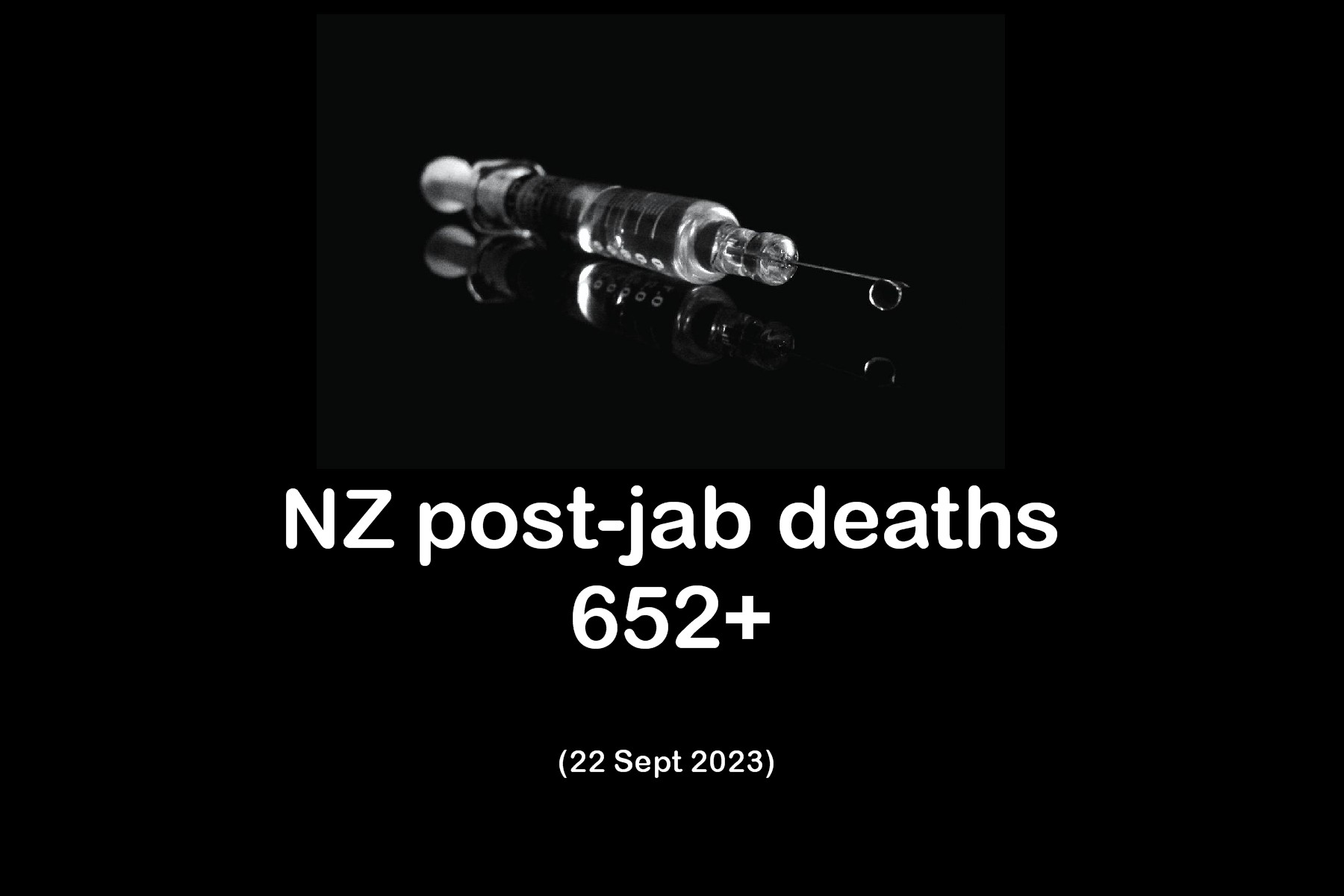
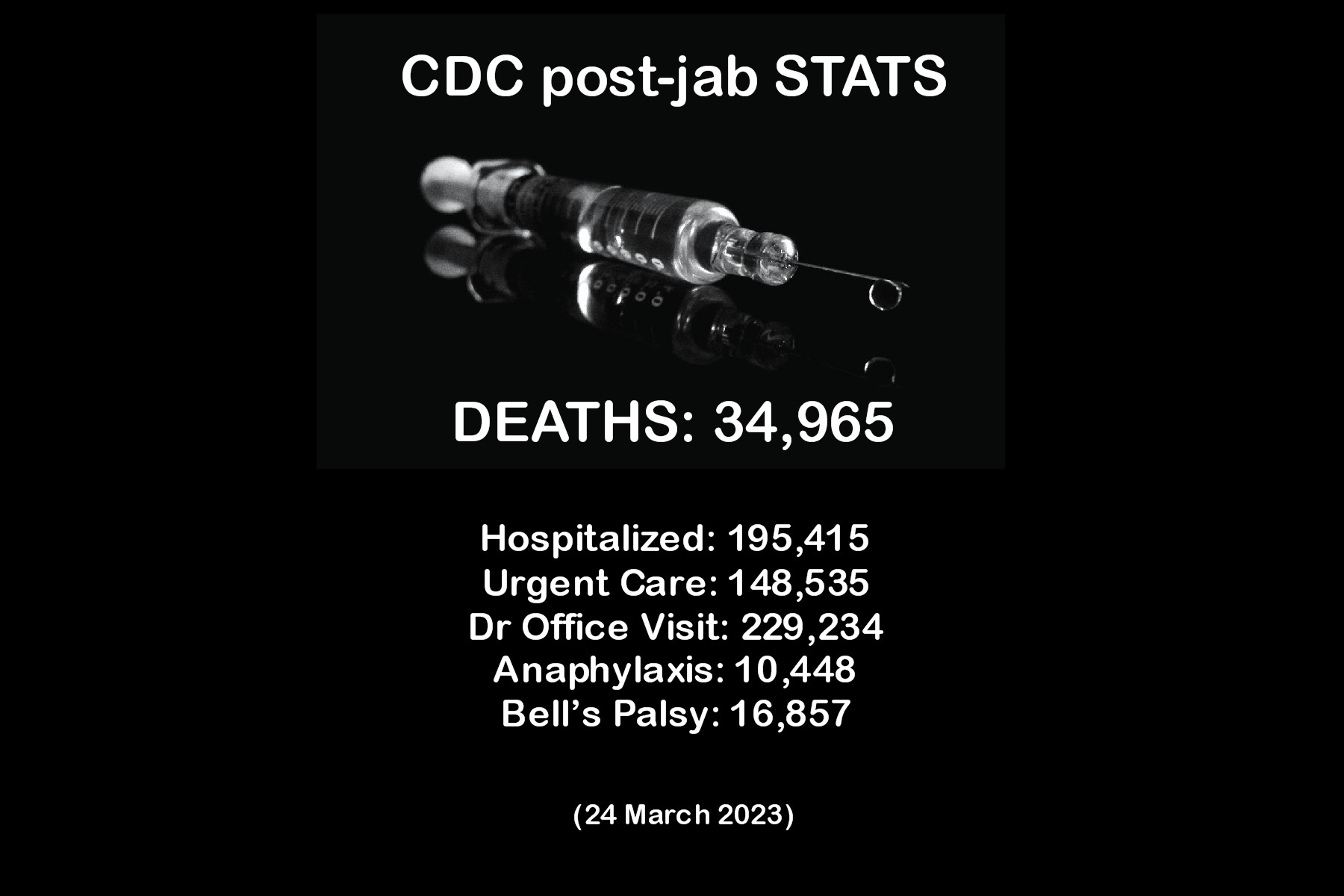
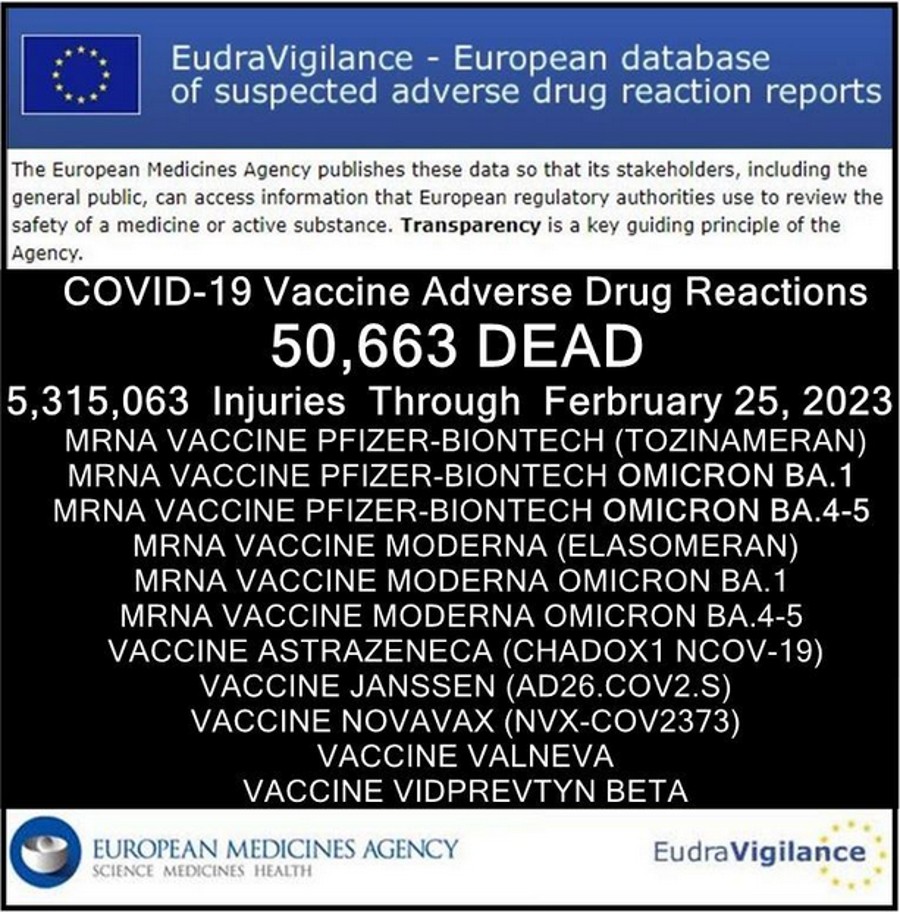
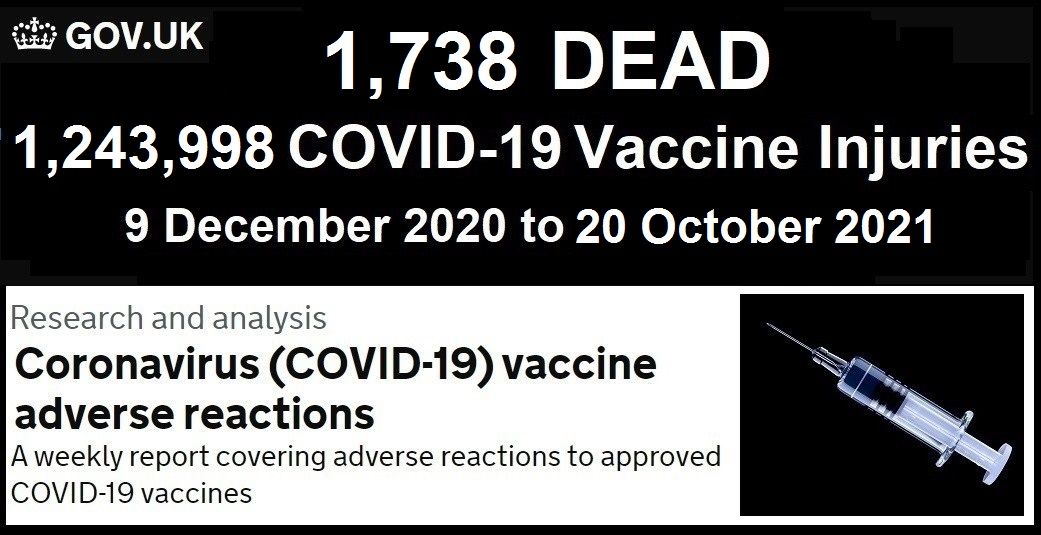
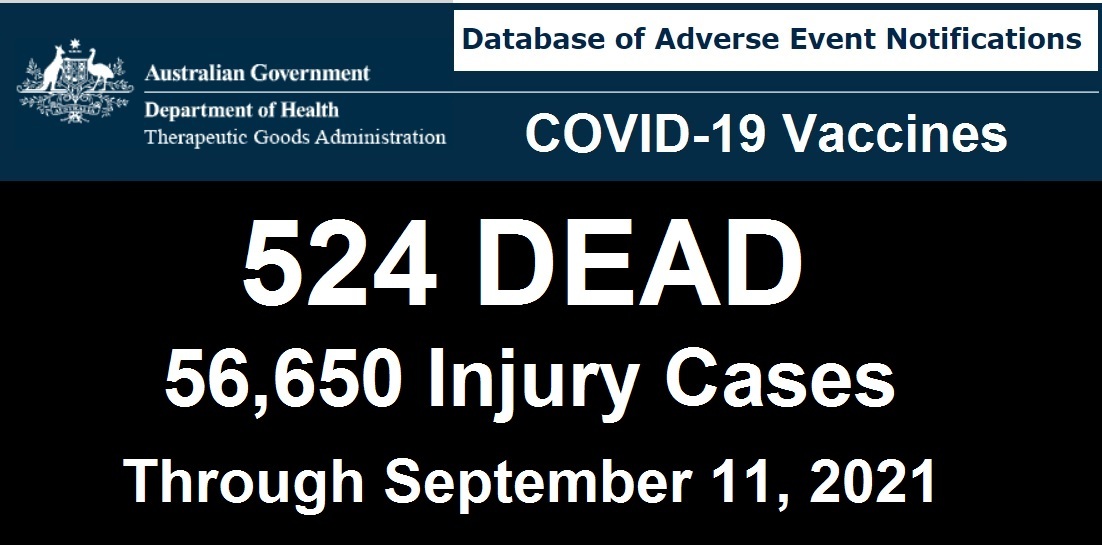





Comments powered by CComment